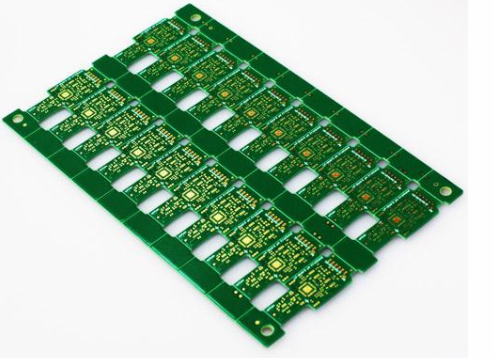1. Detailed analysis of PCB thermal performance
Many printed board assemblies with poor consideration of PCB thermal design will encounter problems such as failure of metallized holes and cracking of solder joints during processing. Even if no problems are found in the assembly, the whole machine or the system can still work stably at the beginning, but after a long time of continuous operation, the components will generate heat and the heat will not be dissipated properly, which causes the temperature coefficient of the components to change and work abnormally. There will be many problems in the machine or system. When the heat is too large, it may even cause component failure, solder joint cracking, failure of metallized holes, or deformation of the PCB substrate. Therefore, thermal analysis must be carefully carried out when designing PCB, and corresponding measures should be taken for various temperature changes to reduce product temperature rise or reduce temperature changes, and to maintain the degree of thermal stress on PCB assembly welding and work during assembly. The parts can be welded normally and the product can work normally. When analyzing the thermal performance of PCB, it can generally be analyzed from the following aspects.

1: Electrical power consumption: power consumption per unit area; distribution of power consumption on the PCB.
2: PCB structure: PCB size; PCB material.
3: PCB installation method: vertical installation or horizontal installation; the sealing condition and the distance from the chassis.
4: Thermal radiation: the emissivity of the PCB surface; the temperature difference between the PCB and adjacent surfaces and their absolute temperature.
5: Heat conduction: install the radiator; conduction of other installation structural parts.
6: Thermal convection: natural convection; forced cooling convection. The analysis of the above factors is an effective way to solve the problem of PCB temperature rise. These factors are often interrelated and dependent in a product and system. Most factors should be analyzed according to the actual situation, and only for a specific actual situation can we calculate or estimate parameters such as temperature rise and power consumption more correctly.
Second, the impact of the number of PCB vias on the quality of the new number
The influence of the number of PCB vias on the signal needs to be verified. In fact, each via has a little high-frequency loss, and the via has a capacitive effect, which will cause the attenuation of the signal's high-order harmonics, which is manifested as a slower signal rise time. For a via, the impact caused by it is insignificant compared to the attenuation caused by the entire trace. The attenuation caused by the via is negligible, and the rise time range of 0.5~1.0ns (500~1000ps) is used by the designer. For components (or faster), the edge slowing of tens of picoseconds caused by a via is relatively insignificant. For very high-speed designs, the impact of multiple vias should be considered and should be minimized. Number of holes.
Vias will also cause the signal transmission time to become longer. Generally, the effect of a via is about a few hundred picoseconds of trace delay. For long traces on the backplane, the effect of a via can also be ignored.
Suggestions for vias in the PCB design process:
Minimize the number of vias.
When changing layers of wiring, it is preferable to switch between planes with continuous impedance.
For signals below 1GHz, priority is given to internal wiring to reduce the effect of radiation, rather than avoiding vias.